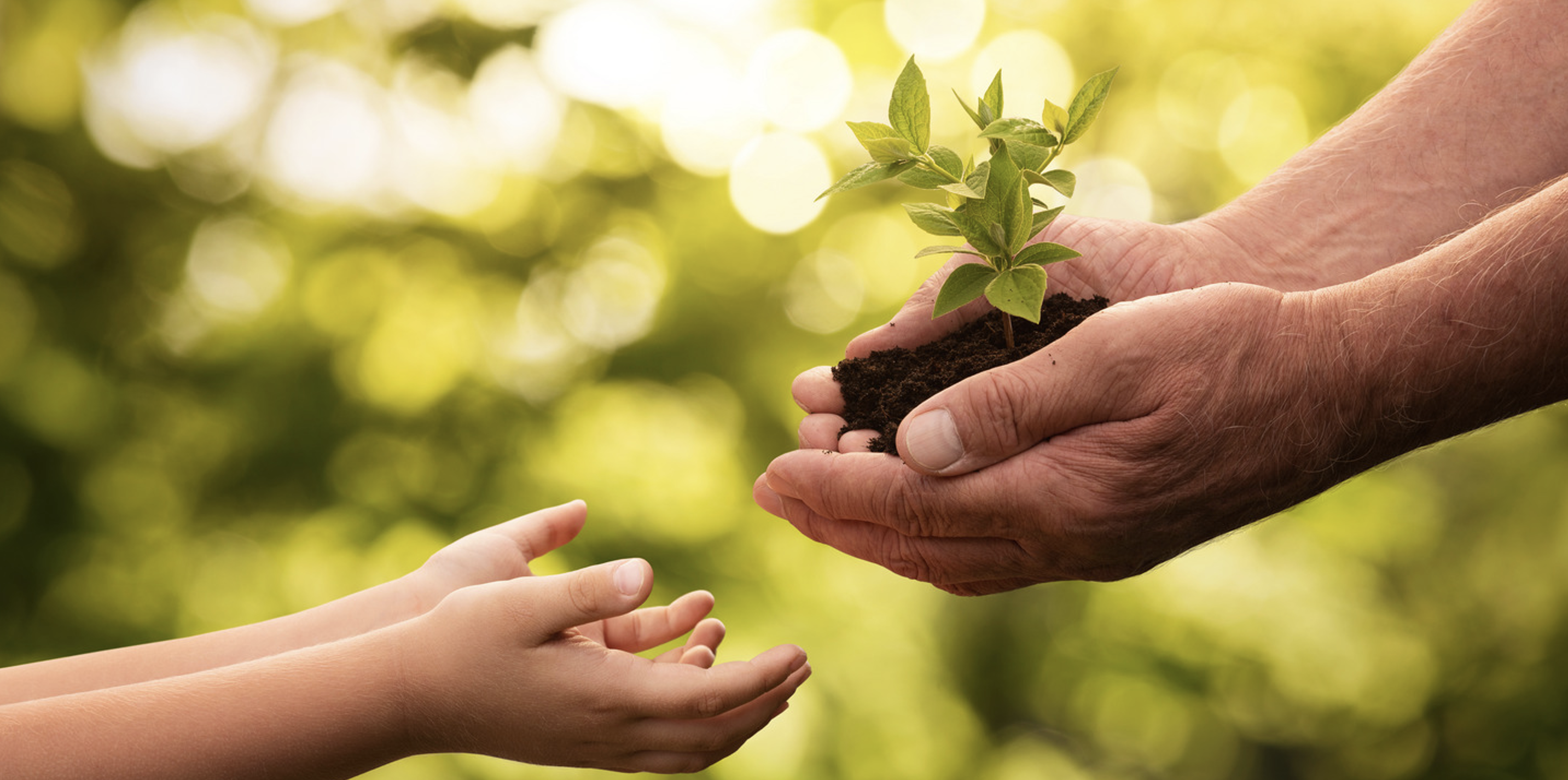There is no single day that goes by with new horrifying numbers about infections and the rise of death, caused by the coronavirus COVID-19. Self-proclaimed specialists and “eminence” who have supposedly found the cure and if it weren’t for the greedy governments, everyone could already be healed. “Gargle with vinegar and you will be safe!”, “XYZ has saved hundreds, but governments are playing this good news down.” … apparently, snake oil salesmen are alive and well. Snakeoil buyers haven’t died out either. Coronavirus COVID-19 and the end of the world are in the media each and every day.
Over the last two weeks, I have done some in-depth research, observed patterns in human behavior, compared those with other events and tried to boil it down to first-principles.
“… snake oil salesmen are alive and well …”
This article will look at the following topics: VIRUS | TREATMENT | NUMBERS | CALCULATIONS.
THE VIRUS
It is important to first recognize that so far very little is know for sure about the coronavirus COVID-19 and how it works. The following information is based on scientific research on other viruses. There is reason to believe that COVID-19 follows the same underlying rules in general.
What is a virus?
It is still debated whether a virus is a living being or not. It does not follow the traditional definition of life. However, viruses have been categorized as “organisms at the edge of life” [1]. A virus, technically, is an agglomeration of DNA or RNA, a protein surrounding the DNA/RNA and in some cases a lipid double layer that protects the inner part.
Viruses cannot replicate by themselves but only inside the living cells of an organism (humans, animals, plants, bacteria). The proteins surrounding the DNA/RNA core determine the specific cells and organisms the virus can connect to. Once successfully hooked to a cell, the virus releases its DNA/RNA into the cell and basically hijacks the cell’s function.
How is a virus transmitted and reproduced?
Outside of the living cell, a virus is basically an independent particle, called a virion. A single virion can be transmitted like any dust particle, for instance, however, in this state they cannot reproduce and multiply. How long the structure of the DNA/RNA + Protein + Lipid Double Layer maintains intact differs. So far there is no reliable scientific study on how long this coronavirus can survive outside the human body, nor which are the most effective mechanisms that dissolve/destroy it in nature.
Meme-Buster:
- Memes informing you about how long the coronavirus can “survive” on surfaces are incorrect in the sense that viruses do not “live” outside of living cells and therefore cannot “survive”. The question is rather how long their structure stays intact. The studies usually mentioned are referring to the “survival rate” of other coronaviruses, like SARS or MERS, but not for COVID-19 specifically [2]. It will take much more time to do this kind of studies and obtain reliable results.
- Supposedly heat and warm weather “kills” this coronavirus. Even if we replace “kill” with “disintegrate” this is incorrect. There is no proof that neither hot nor cold climate affects the virions.
- Antibacterial gel “kills” the virus. This is also questionable and depends on that active component in the antibacterial gel. It is generally assumed that alcohol (70% ethyl alcohol) and antibacterial gels based on alcohol affects this coronavirus because it acts on other viruses like influenza as well. However, there is no study yet available on this specific and very different virus. Using alcohol to clean surfaces, like doorknobs and kitchen tables can help, if not “killing” the virus, but at least more effectively removing the virions from the surface. The same removal, however, can be achieved by a soap-water solution. It might(!) be even more effective because of the higher surface tension of water which increases the probability that the particle (virion) is lifted from the surface.
Wild Guesses:
- Since very little reliable information is available at this point, it is recommended to avoid any kind of transmission.
- Although it is assumed(!) that animals cannot act as carriers (the virus proteins cannot successfully connect with their cells) no studies have been done whether bacteria might act as carriers. Just in case bacteria could be a potential carrier/multiplier, apply general good hygiene practice, which means that antibacterial treatments could at least reduce propagation and reproduction.
How long does a virus live?
This information is not yet available for this coronavirus. Any numbers you hear, on either extreme of the scale, are pure speculation. A virion can “survive” outside a living cell for either 30.000 years (https://www.pnas.org/content/early/2014/02/26/1320670111) [possibly longer] or just a few moments, like HIV.
For now, assume it can survive for much longer than people tell you in order to be on the safe side. Again washing your hands with soap and cleaning surfaces with soap-water solutions break down the virion and might be one of the most effective ways to avoid further propagation.
What does a virus do?
Once the coronavirus enters your body, as far as it is known through the respiratory system only, and enters a living cell it reproduces in this cell, multiplies and subsequently affects the neighboring cells. This process can take several days, based on what we know today, which, again, is very little! Since it enters through the respiratory system, the throat of an infected person will show first signs in the form of inflammation, generally described by patients as dry mouth, or causing a dry cough. Once in the upper part of the respiratory system the virus propagates further down through the bronchial tubes and into the lungs. The subsequent inflammation of the mucous membranes can damage the lung sacs and make breathing increasingly difficult for patients. This is when ventilators are needed in order to support breathing and increase oxygen transfer.
Early research seems to suggest that this virus can also propagate through the gastrointestinal system, which will lead to diarrhea and indigestion. Inflammation caused by this virus has also be shown in other tissues, like bone marrow and organs like liver, heart, and kidneys, causing additional damage there. Based on the similarity of this coronavirus with SARS, scientists argue that there is also a possibility that nerve cells in the brain might be affected.
Again, there is a lot of speculation and warnings based on the proven behaviors of similar viruses. Based on what we have observed so far it is highly recommended to be rather on the safe side and take this virus very seriously.
“… there is a lot of speculation and warnings based on the proven behaviors of similar viruses …”
THE TREATMENT
Treatment is the attempted remediation (stopping or reversing) of a health problem. What do we know about treatment so far? First, nobody can provide at this point comparable and reliable information about the general success rate of treatments. What is being done so far:
- Ventilators: This equipment allows breathing and oxygen exchange for patients with badly infected and inflamed lungs. The ventilator itself does not stop or reverse the infection, but “buys time” for the patient so that his/her own body can fight back the infection.
- Anti-Malaria Drugs: There has been recently a run on some “medical cocktails” used in anti-malaria treatment. Although malaria is not a virus (it is a protozoan), there might be a chance that under certain conditions mechanisms that work against the reproduction of this protozoa could also inhibit or reverse the reproduction of this virus. However, at this point, there are not sufficiently reliable research results available to know what works and what might be caused by secondary events.
- Vitamins | Garlic | Healthy Food: Although there is nothing that goes beyond anecdotal proof, having a healthy lifestyle can have a positive impact in case you catch the disease. The only treatment so far available seems to be our own immune system. Making sure you do have a strong immune system, although not being a treatment in and by itself, might give you a higher chance of fighting off this virus. However, a strong warning to everyone who is just heading out to buy garlic and vitamins by the pounds … everything has to be well balanced within a generally healthy and active lifestyle. After all, after the “toilet paper crisis”, we want to avoid the “garlic crisis”. 🙂
THE NUMBERS
There is a lot of hocus pocus being done with the numbers that are being circulated and where each side (are there actually sides in this crisis?) is using their specific numbers to make their point.
When it comes to measuring the impact of this virus we have to look at four important numbers: Infections, Deaths, Recoveries and Time.
Many analyses are specifically forgetting time in their considerations. Let’s do some analysis and compare subsequently numbers for Italy, Switzerland, Colombia and the USA in order to discover some patterns:
Time:
Incubation: Time between catching the virus and first symptoms is not well established. Numbers range between 4-24 days.
Duration of Infection: Time between the first expression of symptoms and release of a patient from the hospital (or death): There is no established number here and it depends on many factors. It can take up to several weeks. The current estimate by WHO between admittance to the hospital and death is approximately 14 days.
Infections:
Most countries report confirmed infections, which means the number of patients who have done a test for coronavirus COVID-19 and tested positive. This emphasizes some of the major question marks in this pandemic:
- What happens in countries where tests are not easily available? You might not get the real number of infected people? (e.g. Colombia)
- Are false-positive results possible? Does testing through unexperienced personnel cause false-negative results?
Therefore, infection rates in different countries have to be taken with a pinch of skepticism.
Deaths:
Although it seems this is the only number we can measure reliably, some caution might be in place as well. Did someone with a heart condition die of the coronavirus or of his heart disease? In the grand scheme of things variations caused by this kind of situation might be small (below 10%?!), but should still be taken into account.
Recoveries:
These are patients who have fully recovered and show no signs of the virus infection. Although false-positives and false-negatives might have some effect here, like the number of death this can most likely be assumed a reliable number.
AND NOW … CALCULATIONS:
Rise of Infection: When countries determine their infections, most people do not consider the time lag between infection and a COVID-19 test positive result. Let’s say, for instance Switzerland has 14.829 confirmed cases (as of March 29), those are actually not today’s infected. This is rather the number of people who were infected between 4 and 24 days ago. When cities and whole countries are being quarantined they are not fighting today’s numbers, but the numbers we will see in 4-24 days. This time lag is what many forget when estimating the urgency of actions.
Death Rate: The true death rate of this virus we will only be able to determine several months from now. Even if we assume that we have the correct number of infected, dead and recovered people; most are still leaving out time in their evaluations. Again. What has to be considered is the time between a positive test result and death or a positive test result and recovery. Let’s take a look at some numbers for March 29:

Keeping in mind the uncertainty in the number of infected people, all numbers that have been published so far are really guesswork. WHO currently estimates the real death rate at 3.4%. Is this a lot? Well, judge yourself. The death rate for regular flu is around 0.1%.
But still, with the numbers in the table above, a question we have to ask ourselves is, whether the death rate is:
- Comparing the number of the dead against the number of infected when they were infected (14 days ago)?
- Comparing the number of the dead against the number of all infected until today?
- Comparing the number of the dead against the total sum of dead and recovered patients until today?
Technically you have to compare casualties against the number of recovered patients and not against the total number of infected, since their treatment results are still unknown and are in the future, not today.
Taking this approach the death rate is much higher than the current numbers in circulation. In our small sample here they vary between 16% for Switzerland and 45% for Italy.
Again, all these numbers have to be taken with a pinch of skepticism. What we know is that we know very little and each country has a different way to tackle this crisis and determine their numbers. We are still early into this pandemic and the next few weeks and months will show us how serious this threat really is.
One thing is for sure, the numbers gathered in this pandemic will provide research material for hundreds of Ph.D.’s worldwide.
In the first part of this blog, you find strong and reliable information about the coronavirus. In the second part, including the calculations, there are even more unknowns. Summarizing these facts it is highly recommendable to:
- Take this crisis seriously. So far we only have quite negative indications and not 100% reliable data. Be on the safe side and don’t risk yourself
- Avoid snake oil salesmen. How do you know if you can trust information, or not?
- If someone calls himself (or lets others call him) the foremost expert/specialist/eminence in the field XYZ … tread with caution!
- If you feel “I must try this … this sounds logical.” … do some additional research. Ask critical questions. Check out sites like who.int, cdc.gov and others who are specialized in this field.
- … and apply the rule that is pretty useful in any kind of situation: “If something sounds too good to be true … it usually is.” 😉
- Apply general hygiene precautions at home and observe your behavior outside (if you have to leave). Any kind of contact surface can hold the virus and it is also likely through be propagated through droplets in the air (sneezing and coughing). With humans being the only proven transmitters for the virus, social distancing is recommendable.
Bibliography:
[1] Rybicki EP (1990). “The classification of organisms at the edge of life, or problems with virus systematics”. South African Journal of Science. 86: 182–86.
[2] Kampf G, Todt D, Pfaender S, Steinmann E (2020). “Persistence of coronaviruses on inanimate surfaces and their inactivation with biocidal agents”. Journal of Hospital Infection, 104 (3) , pp. 246-251.






